 Mekong Floating Market Viet Nam (Wikimedia)
Mekong Floating Market Viet Nam (Wikimedia)
by David Parmer
There is an old saying, “You can’t step in the same river twice.” Rivers by their nature flow and can be seen as manifestations of change. The Chinese concept of the nature of the universe, the Tao, was probably derived from the observation of flowing water. So a river changing is nothing surprising. Sadly, it seems as though, against all hope, Asia’s mighty Mekong River may be on the verge of irreversible change that will negatively impact millions of people locally, and countless people globally.
The Mekong River, Asia’s 12th longest waterway makes its way from the Tibetan plateau through China’s tropical Yunan province and south into Burma where it forms the Burma-Laos border, onward south where it again forms a border, this time the Laos- Thailand border. It enters Cambodia and exits into Vietnam’s Mekong delta and finally empties into the South China Sea. It is 4300 km or 2600 miles long.
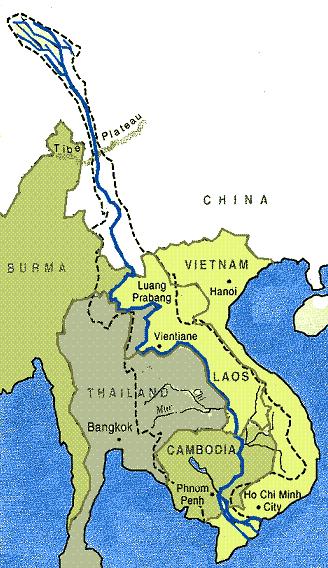
The river, which is often considered to be of two main sections: upper Mekong and lower Mekong, is rich in biodiversity. It is said to be second only to the Amazon in this regard, and is home to more than 1200 species of fishes and one species of fresh water dolphin as well as the giant catfish which can be 3m long and weigh up to 300kg. Seasonal variations in flow and rapids make navigation along the Mekong difficult, but a lively trade takes place along its length, and up to 2.5 million tons of fish are harvested from its waters each year.
In 1995 four of the six river stakeholders, Laos, Cambodia, Thailand and Vietnam set up the Mekong River Commission to foster river development and promote the livelihood of people along the river. China and Burma did not join the group, but are considered “dialogue partners.”
Left alone, or managed well, the river could sustain life for generations to come. Unfortunately, such does not seem to be the course of future events. The river is now under threat from a number of sources. World Wildlife Funds cites climate change, illegal wildlife trade, pollution, climate change and hydropower to be the main challenges. Of these, damming for electric power is the most potentially devastating because of its effects on local water levels and fish habitat.
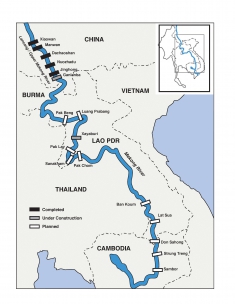 Dams (Proposed and Existing) on the Lower Mekong
Dams (Proposed and Existing) on the Lower Mekong
Dams have already affected the various river ecosystems, but the most troubling are the proposed dams in Laos, which aims to become “the battery of Southeast Asia” by selling electric power to its neighbors. Piecemeal and uncoordinated development along the length of this great waterway looks to be the course of future events, and will clearly not be in the long term interest of the people who make their living from the mighty Mekong.
International Rivers, Lower Mekong Factsheet: http://www.internationalrivers.org/resources/the-lower-mekong-dams-factsheet-text-7908
WWF, Greater Mekong: https://www.worldwildlife.org/places/greater-mekong
 (Photo: China Daily)
(Photo: China Daily) 日本語
日本語 English
English 中国語
中国語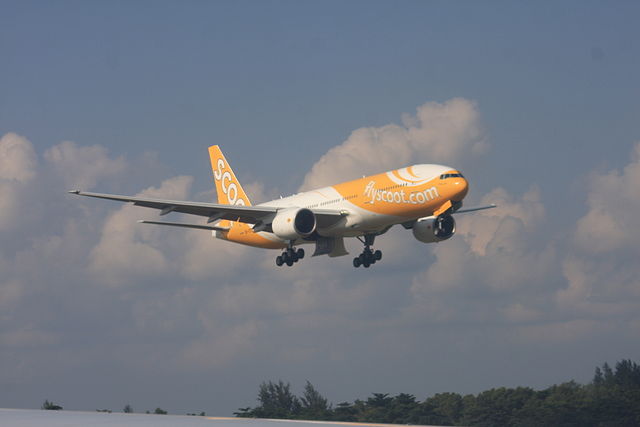 LCC Scoot Air Boeing 777-212 ER (Wikimedia)
LCC Scoot Air Boeing 777-212 ER (Wikimedia)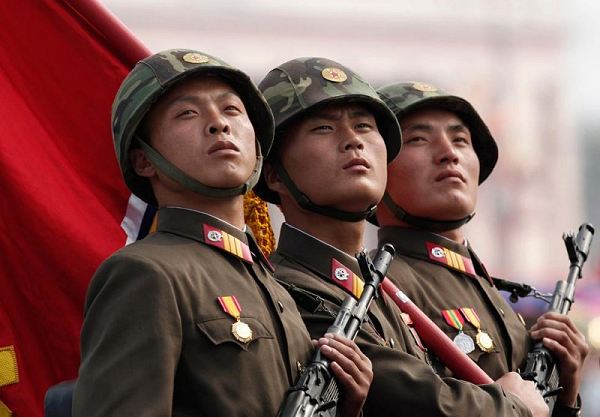 (Photo: Army Recognition.com)
(Photo: Army Recognition.com) Mekong Floating Market Viet Nam (Wikimedia)
Mekong Floating Market Viet Nam (Wikimedia)
 Dams (Proposed and Existing) on the Lower Mekong
Dams (Proposed and Existing) on the Lower Mekong  (Photo: China Daily Mail)
(Photo: China Daily Mail)
 (Chinese Infantry Photo: U.S. Gov. Def. Wikimedia)
(Chinese Infantry Photo: U.S. Gov. Def. Wikimedia)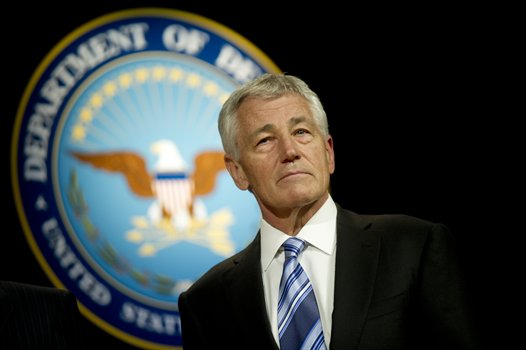 (Photo: Dep. of Defense)
(Photo: Dep. of Defense)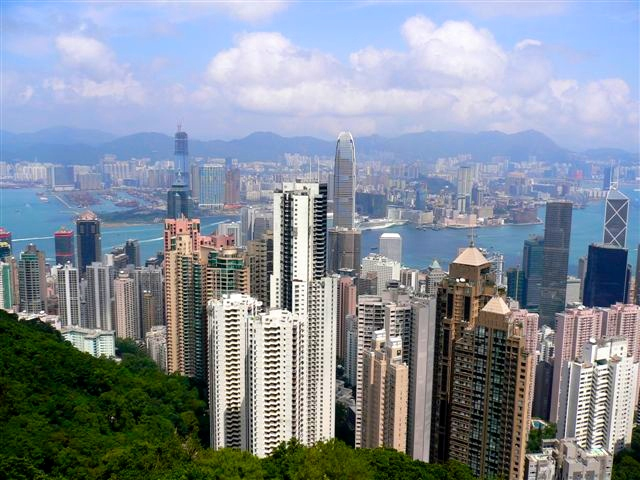 (Hong Kong From Peak. Photo: Y.O.)
(Hong Kong From Peak. Photo: Y.O.)